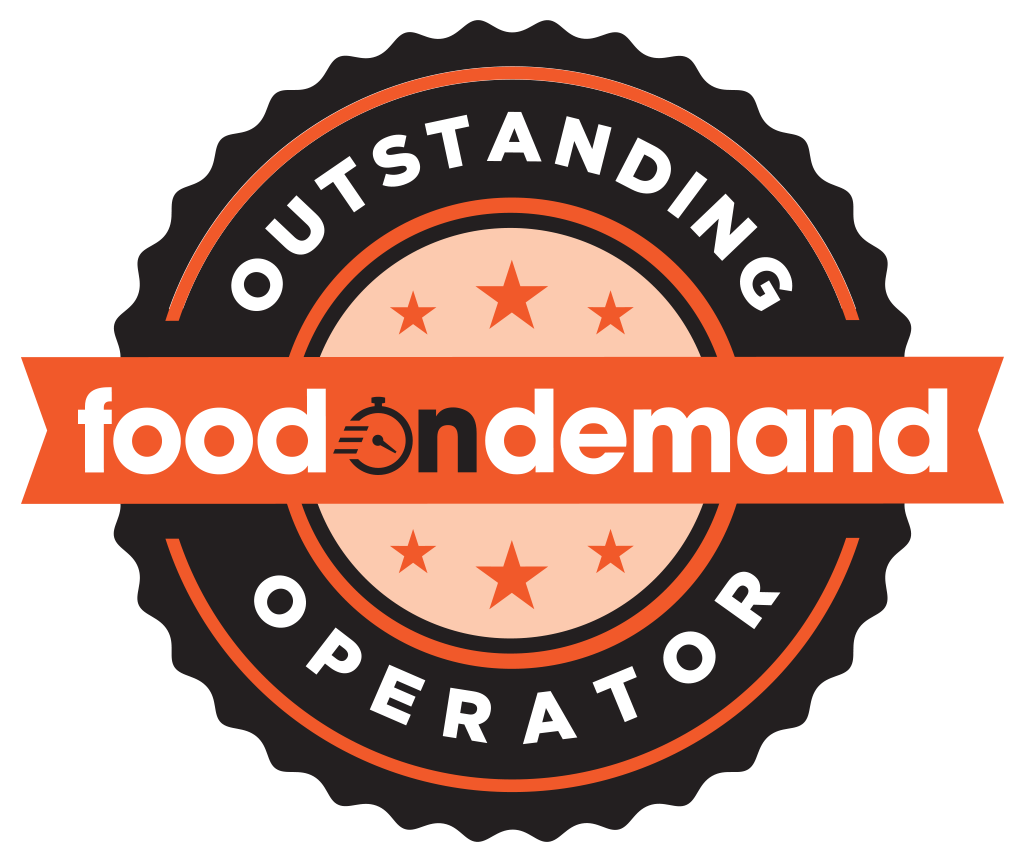Food On Demand’s Nick Upton led a sophisticated dive into the future of franchised third-party delivery with three industry experts, including a national attorney in the restaurant space, an exec from Red Robin and a Chicago-area franchisee for Jersey Mike’s. The group covered everything from involuntary delivery participation, cannibalization of dine-in, POS integration, data ownership and what to do when delivery and franchise territories don’t overlap.
Click here to watch the session
With a generously packed agenda, the session began with how the franchised third-party delivery scene has changed in recent years with increasing interest from franchised restaurants of all stripes. Cheng Cohen’s Antonia Scholz said when her phone rings these days it’s often a restaurant looking for help negotiating a contract, rather than help getting the brand removed from a delivery site that listed its menu without permission.
“When this model appeared on the scene a few years ago, it really did cause a good amount of friction,” Scholz said of the practice. “The market has been changing, and more and more restaurants want to be listed, so they’re less resistant to being part of the website than they used to be, but this concept in general is important.”
She zeroed in on protecting the brand’s trademark as a primary motivator, which is especially crucial in the franchise world. If brands allow their trademark and food to be listed on delivery sites without permission, Scholz said, that could undercut the brand’s ability to maintain control of the all-important trade name.
“That includes not just the restaurant’s name and logo, but some certain menu items, for example,” Scholz added. “Under many state and federal laws, the trademark owner has to maintain sufficient control over how those trademarks are used, so if a restaurant relinquishes too much control to a third-party service or if they are not enforcing their rights, that restaurant could be inadvertently eroding its own trademark protections.”
While cannibalization of dine-in traffic remains a hot topic in franchised delivery, Illinois-based Jersey Mike’s franchisee Mac Shimmon said the brand’s research has shown that the vast majority of delivery guests are not ordering delivery rather than coming into the restaurant.
Shimmon said he’s started thinking of the delivery operation as a second line, “like having an inside drive-thru.” Thinking of it in that way—and giving delivery that much import within the back of the house—has required a dedicated expediter to make sure everything is labeled correctly and organized in a way that means it’s ready as soon as a delivery driver walks in the front door. He added that Jersey Mike’s would be baking further delivery accommodations into its upcoming store remodel program.
“One of the key things I would say to anyone who has concern in that way is that our experience has been probably 85 to 90 percent of the business we are getting now is incremental,” he said.
Jason Rusk, Red Robin’s vice president of business innovation, said his brand is still focused on integrating all delivery services into the brand’s point of sale system to significantly reduce opportunities for human errors.
Raising a topic, that hasn’t been discussed, Scholz said a new challenge is determining the correct policy when a delivery provider’s territory fails to line up with territories divvied up by franchisors.
“This is definitely still a problem and, ultimately, it’s probably one that doesn’t have a perfect solution,” she said. “That means multiple franchisee locations might be competing for customers in the same delivery radius, so what I see most often is franchisors will address that by imposing some changes to their system standards, so they might update their operations manual or even their franchise agreements.”
As it wouldn’t be a discussion of third-party delivery without mentioning fees, Red Robin’s Rusk urged franchised restaurants to take a more holistic approach to fees, remembering that delivery orders don’t require a server to complete multiple table touches, nor dishwashers nor bartenders making drinks. From his perch, profits from delivery more than offset the fees charged by most delivery providers.
As the group looked further ahead, Shimmon suggested the franchised side of the industry might move to what he called a “stair-step strategy” where brands move to self delivery along the lines of what the pizza category has been doing for decades.

